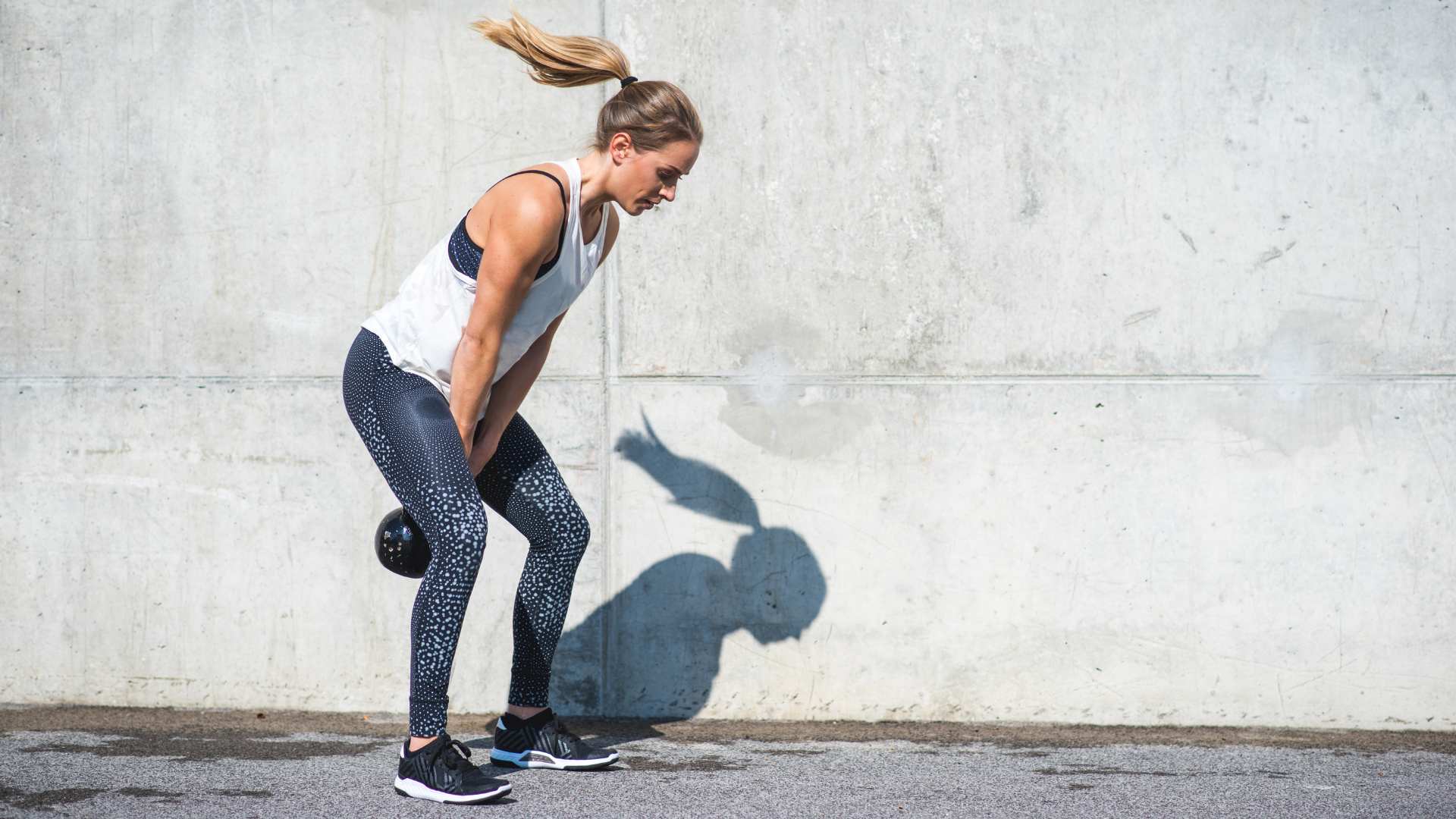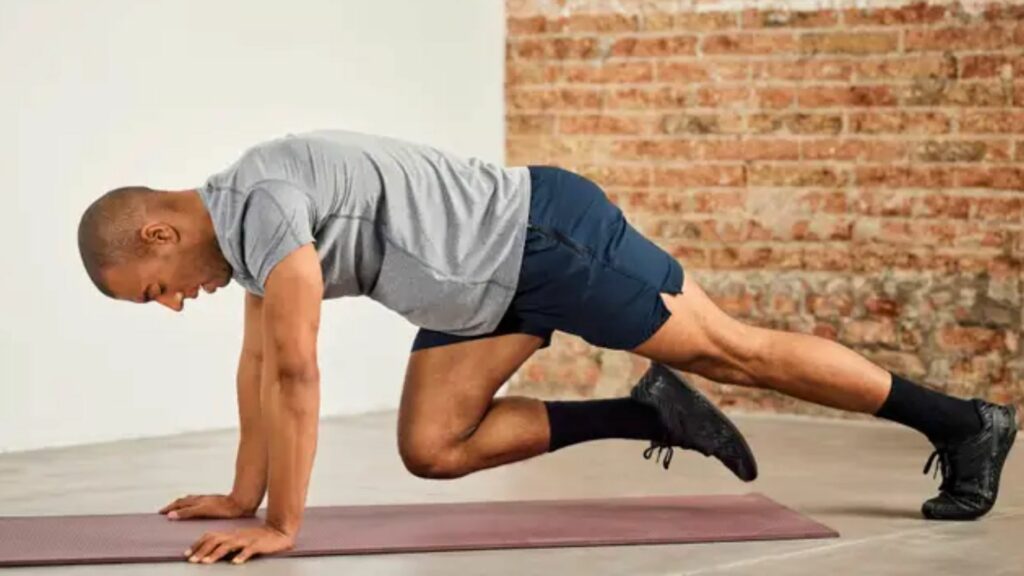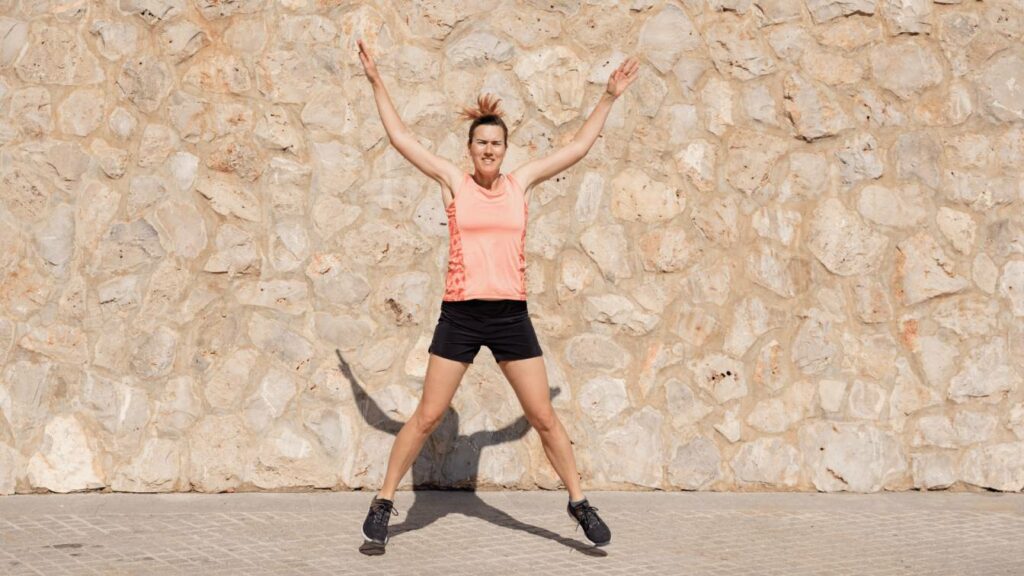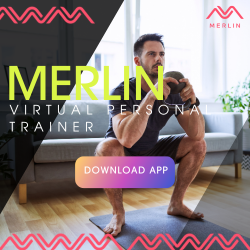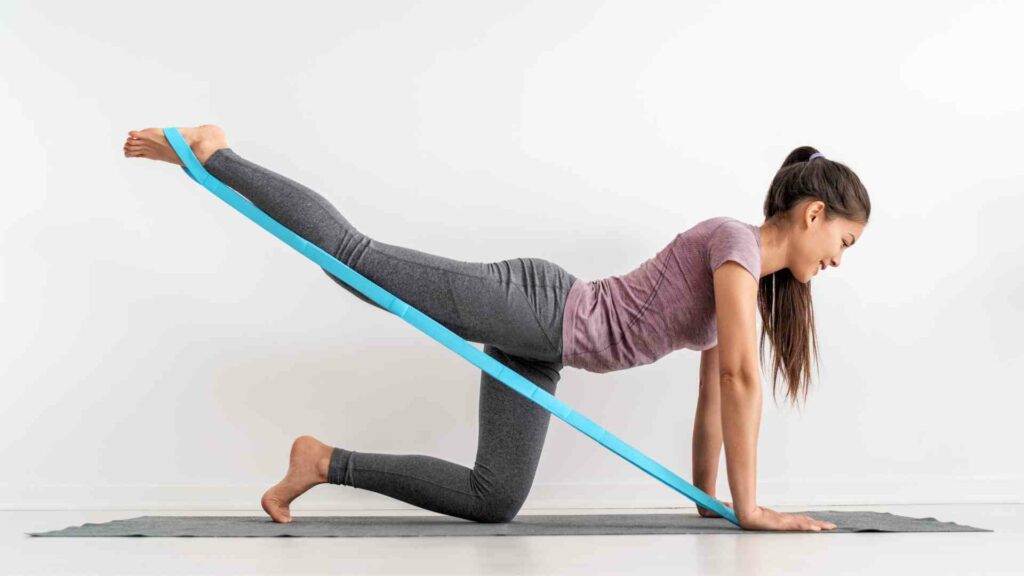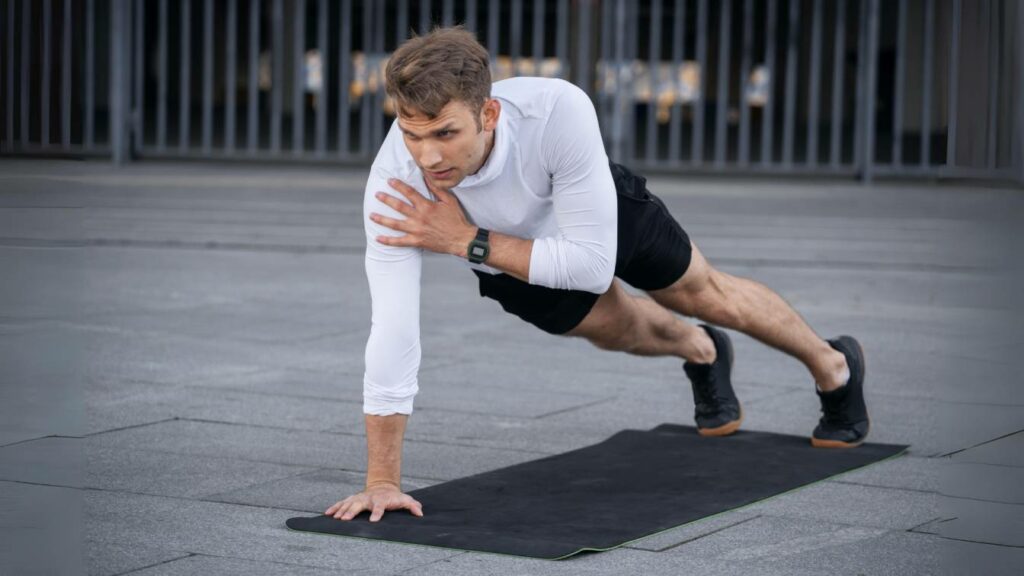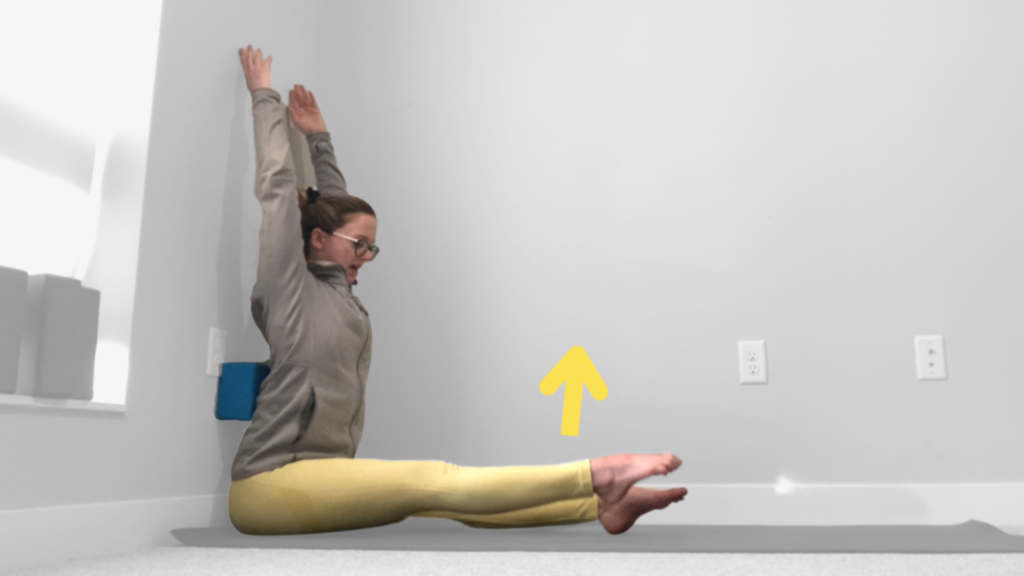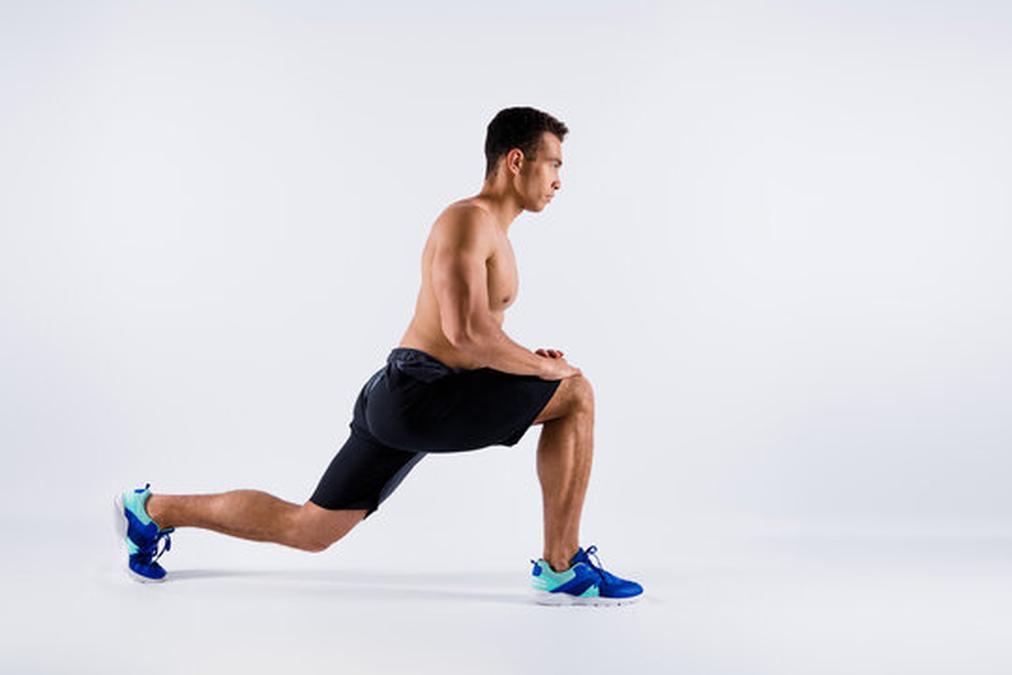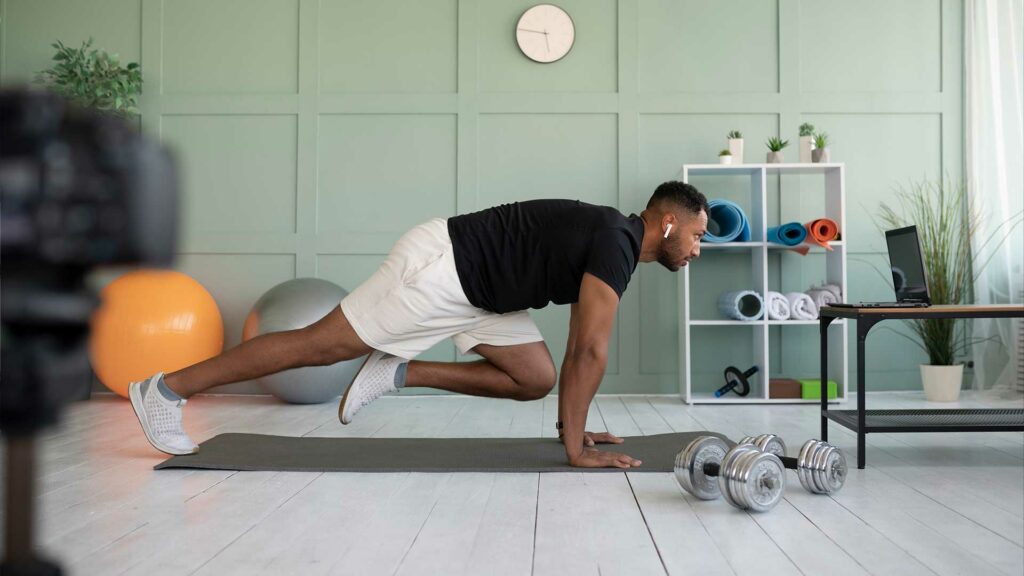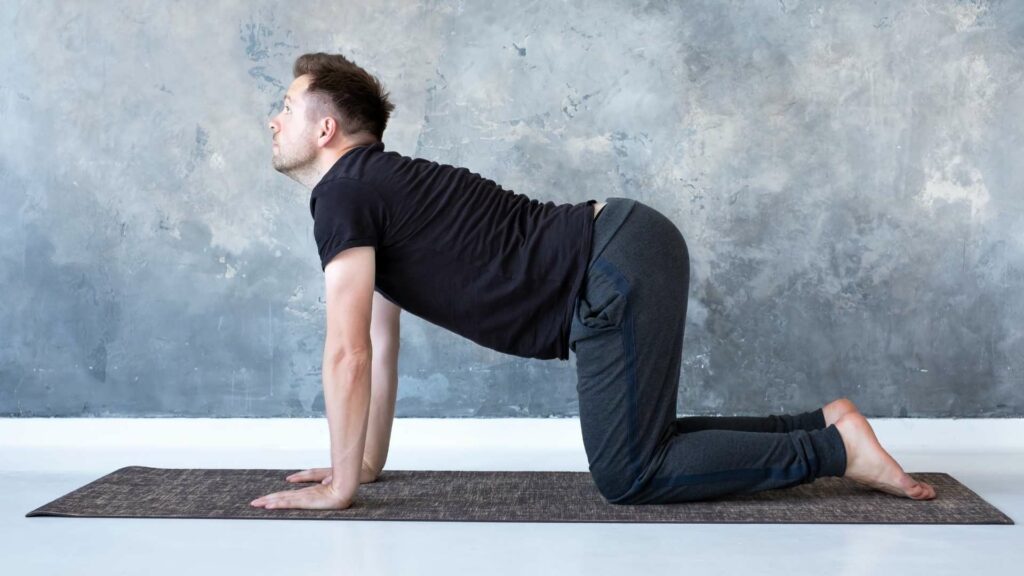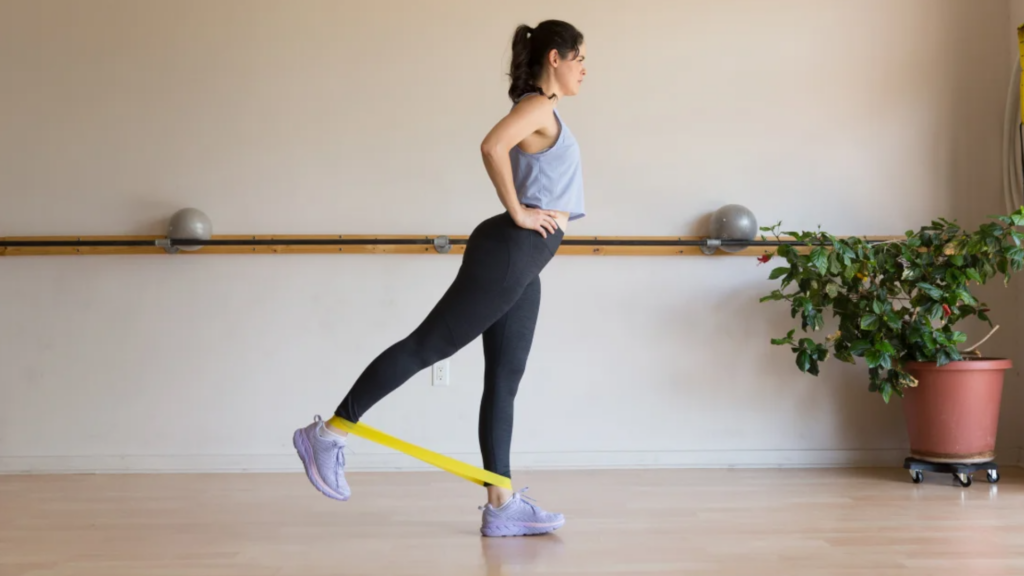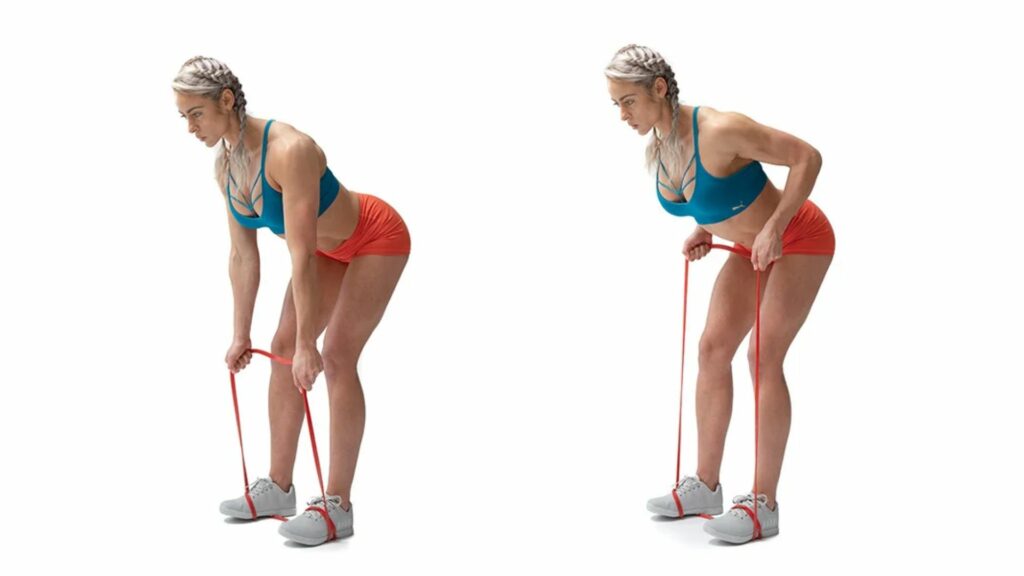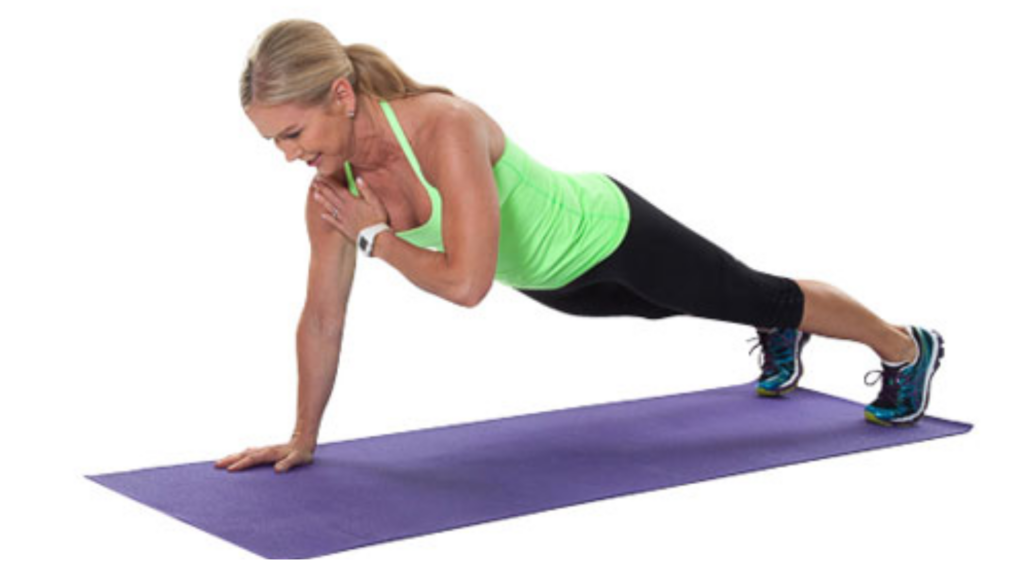Looking for an effective and versatile exercise tool to spice up your workout routine? Look no further than the kettlebell. These compact weights, usually made of cast iron with a handle, can be used to target multiple muscle groups and provide a challenging full-body workout. In this article, we’ll focus on front kettlebell exercises, which involve holding the kettlebell at the front of your body, and provide a beginner’s guide to 10 must-try workouts.
Beginner’s Guide to Front Kettlebell Exercises:
- Front kettlebell exercises are workouts that use kettlebells held at the front of the body.
- There are 15 types of exercises that can be done, from squats to pushups.
- The article covers tips for proper form, the benefits of front kettlebell exercises, and how to create a workout routine.
Merlin App for Front Kettlebell Exercises
The Merlin App is a valuable resource for anyone looking to perform exercises like the Front Kettlebell Swing with proper form and technique. This app leverages cutting-edge technology, including AI real-time feedback and voice guidance, to ensure that you get the most out of your workout while reducing the risk of injury.
When it comes to the Front Kettlebell Swing, proper form is crucial. This exercise targets your core, hips, and lower back, providing a full-body workout. The Merlin App assists in perfecting your form by analyzing your movements in real-time. As you swing the kettlebell, the app’s AI system tracks the trajectory and speed of the weight, offering immediate feedback on whether you’re maintaining the correct posture and range of motion. This instant feedback is invaluable for beginners or those looking to fine-tune their technique.
Additionally, the voice feedback feature is a significant advantage during a Front Kettlebell Swing. The app’s voice guidance provides verbal cues and corrections, ensuring that you maintain a safe and effective motion. It can remind you to engage your core, keep your back straight, and emphasize the importance of the hip hinge, all of which are crucial for a successful Front Kettlebell Swing.
How to Perform Front Kettlebell Exercises
Maintaining proper form and technique is crucial when it comes to front kettlebell exercises. Here are some tips to keep in mind:
- Keep your chest up and core engaged throughout the exercise.
- Keep your shoulders down and away from your ears.
- Keep your spine neutral, avoiding rounding or arching your back.
- Push through your heels and engage your glutes to stand back up to the starting position.
- Start with a lighter weight and focus on proper form before increasing the weight.
- Take breaks as needed and listen to your body.
Avoid these common mistakes:
- Allowing your knees to cave inwards during squats or lunges.
- Using your arms to lift the kettlebell in exercises like the clean and press.
- Arching your back or rounding your shoulders during exercises like the Turkish get-up.
- Holding your breath instead of breathing throughout the exercise.
Benefits of Front Kettlebell Exercises
Front kettlebell exercises provide a full-body workout that targets multiple muscle groups and offers numerous benefits, such as:
- Increased muscle activation and targeted muscles, including the glutes, quads, hamstrings, core, and upper back.
- Improved cardiovascular health through high-intensity, low-impact exercises.
- Improved core strength and stability due to the need to balance and control the kettlebell.
- Increased flexibility and agility due to the range of motion required for some exercises.
- Fat loss and weight management due to the high calorie burn and muscle-building effects of the exercises.
| Exercise | Reps | Sets |
|---|---|---|
| Kettlebell Front Squats | 12 | 2 |
| Kettlebell Front Rack Reverse Lunges | 10 (each leg) | 3 |
| Kettlebell Clean and Press | 8 (each arm) | 3 |
| Kettlebell Two-Handed Swings | 15 | 2 |
| Kettlebell Renegade Rows | 10 (each arm) | 3 |
| Kettlebell Turkish Get-Ups | 5 (each arm) | 2 |
| Kettlebell Farmer’s Carry | 30 seconds | 3 |
| Kettlebell Pushups | 12 | 2 |
Creating a Front Kettlebell Exercise Routine
To create a front kettlebell exercise routine, consider the following factors:
- Choosing the right weight: Start with a weight that allows you to maintain proper form and technique, and increase the weight gradually as you progress.
- Reps and sets: Aim for 10-15 reps per exercise and 2-3 sets per workout.
- Rest days and recovery: Allow your muscles time to recover between workouts, and consider alternating kettlebell workouts with other types of exercise.
Safety Precautions When Doing Front Kettlebell Exercises
To stay safe and avoid injury when doing front kettlebell exercises, keep the following precautions in mind:
- Warm up and cool down properly to prepare your body for exercise and prevent injury.
- Avoid overtraining by giving your muscles time to rest and recover between workouts.
- Consider consulting with a fitness professional to ensure proper form and technique.
- Listen to your body and adjust the workout as needed if you experience pain or discomfort.
Conclusion
Front kettlebell exercises offer an effective way to target multiple muscle groups and improve cardiovascular health, core strength, flexibility, and agility. By incorporating these 10 must-try workouts into your workout routine, you’ll be on your way to a full-body workout that will challenge and energize you. Remember to focus on proper form and technique, and consult with a fitness professional if needed.
Questions
Who can perform front kettlebell exercises?
Anyone who wants to strengthen their core and upper body.
What muscles do front kettlebell exercises work?
They primarily work the shoulders, chest, and core muscles.
How heavy should the kettlebell be for front exercises?
It depends on your fitness level, but start with a lighter weight and gradually increase.
What are the benefits of front kettlebell exercises?
They improve posture, strengthen the upper body, and enhance overall fitness.
How often should I do front kettlebell exercises?
Aim for 2-3 times per week, allowing for rest days in between.
What if I have wrist or shoulder pain during front exercises?
Start with a lighter weight and focus on proper form. If pain persists, consult a trainer or physician.

